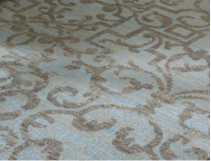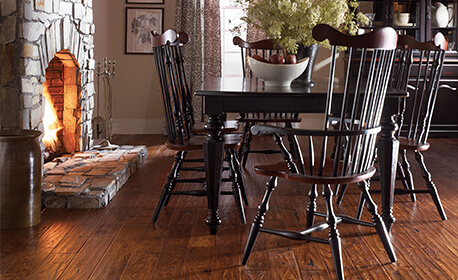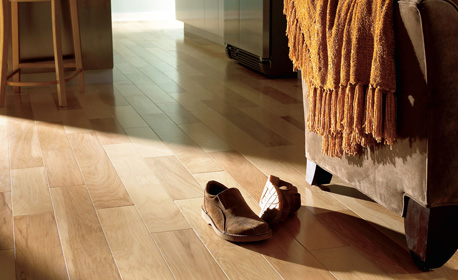At Coles, it is imperative to us to make your installation day a pleasant one. With so many things to consider it is easy to see why so many homeowners are puzzled when trying to choose a hardwood floor. Here are a few considerations that you may want to think about before you have wood flooring installed.






























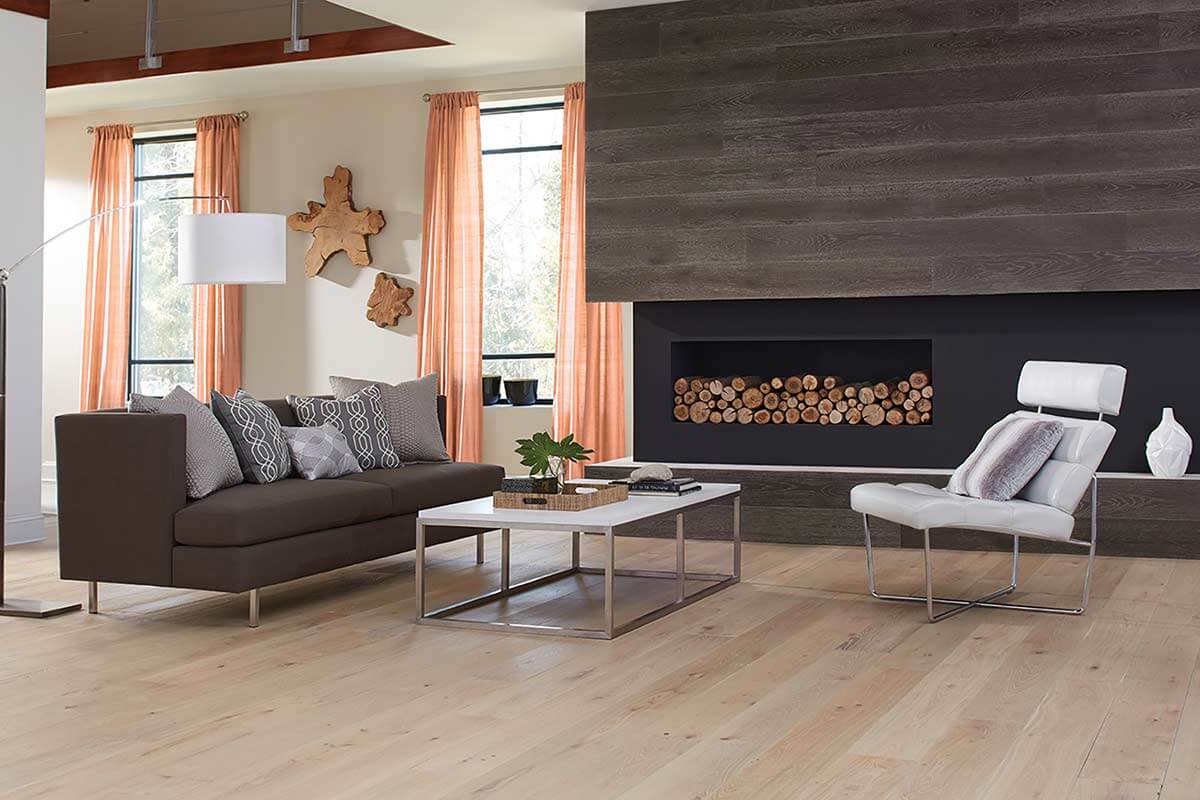








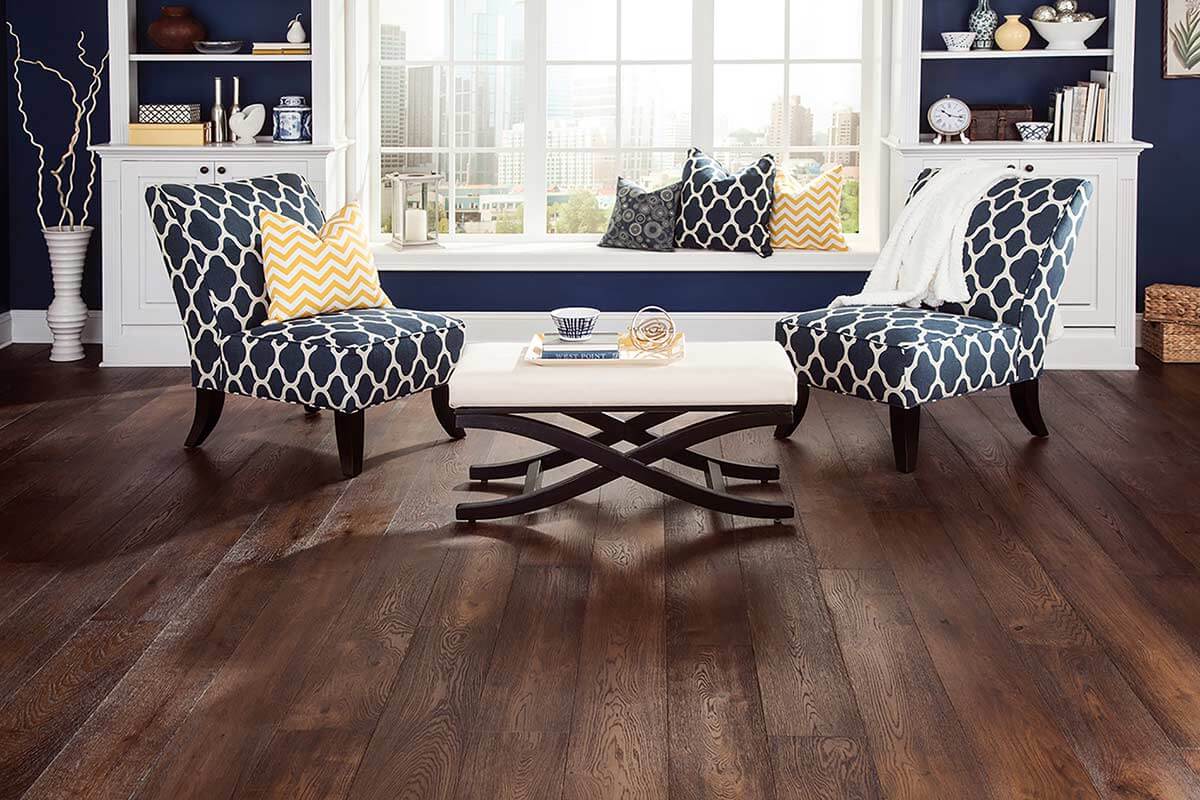







The first thing consumers should look at is the room they want to use hardwood flooring in and whether it is suitable for that specific application. The wood flooring construction, wood species, color and even the type of wood finish are all very important when deciding which hardwood floor to buy for your particular room environment. Also, what the floor is going to be installed over is another important factor in selecting the right floor as well.
To begin with you need to look at where you plan on installing your new wood floor. Some wood floors are limited in where they can be installed. This is especially true for the 3/4″ solid wood floors. Because the 3/4″ solid wood floors are more susceptible to moisture they are generally not recommended for basements or installing over concrete slabs. To help you determine which wood floors you should look at see the chart below. The installation method also can determine where are floor can be used, so be sure to review the section on installation methods.
Before choosing a hardwood floor style you need to know what type of sub-floor is in the room. This will dictate which types of hardwood flooring you can use. For example: you might have a concrete slab, or a particle board sub-floor, or maybe you want to go right over the top of an existing floor. Some particle board sub-floors are only suitable for floating a hardwood floor over the top of the particle board. This would mean no nail down flooring could be used. Also, a concrete slab presents its own set of issues and requirements in order to install hardwood flooring in that room.
Consumers looking to use hardwood flooring in the homes have the option of choosing either a solid, engineered, or long strip type wood floor. Some engineered wood floors require no glue to interlock the planks together and these floor are designed to float over the sub-floor. Other wood floors require special mastic, nails or staples to secure the wood planks to the subfloor underneath. Although the end results may look the same there are distinct advantages and reasons for using the different types of wood floors under different situations..
SIGN UP NOW TO RECEIVE YOUR $100 DISCOUNT, IT’S EASY!
You can use your discount on our special promotions on carpets, hard surface flooring and area rugs.
(AND that includes all Closeouts and Promotional Items!)







